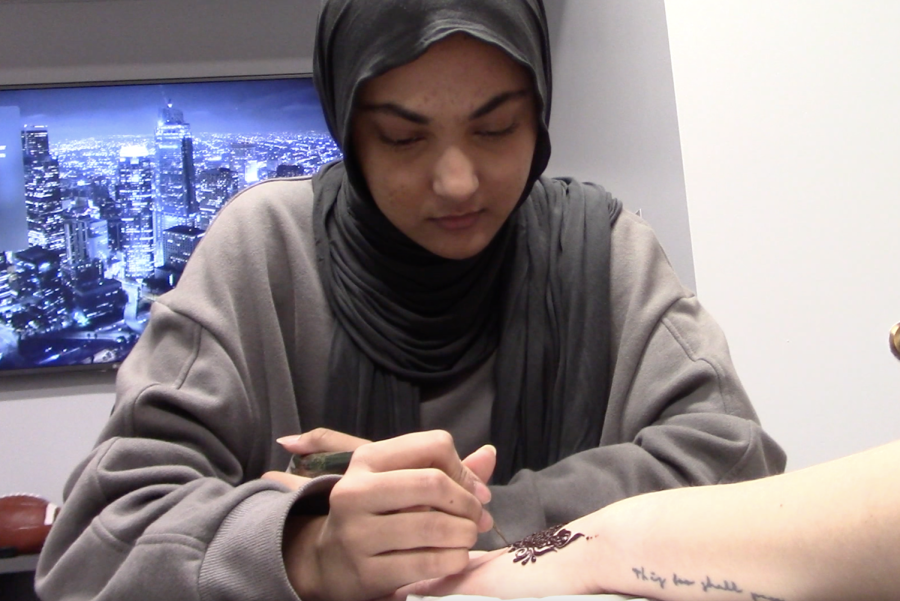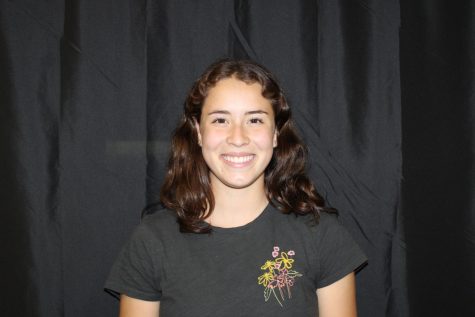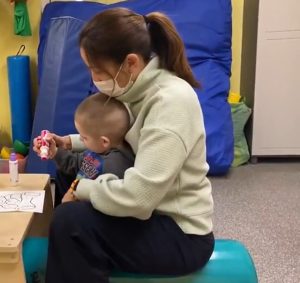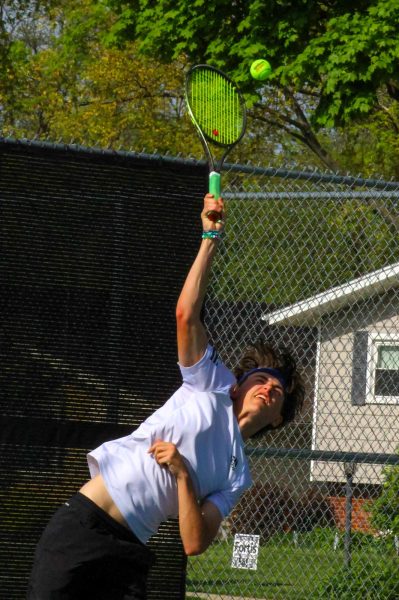‘Henna by Maliha’ expresses culture, creativity
Senior Maliha Waheed designs henna on a client. According to Waheed, it is important to think quickly in order to make creative designs and make the client happy. (Photo by Emma Letzig)
March 8, 2023
When senior Maliha Waheed was seven years old, her mom placed a henna cone into her hands. She provided her little instruction and allowed Waheed to explore her creativity. However, this wasn’t Waheed’s first encounter with henna; after attending several South Asian weddings as a child, she had been intrigued by the intricate designs and the beauty of the artwork.
“I started practicing on my friends and all of the other little girls,” Waheed said. “[I] was so happy to see them being happy with the little designs they got on their hands.”
Henna is a dye from the plant Lawsonia inermis, and it is mainly used in Asian cultures for celebrations and special occasions like weddings. For the cheapest and most authentic henna cones, Waheed actually gets them directly from Pakistan; her family who lives there brings them back whenever they come to visit.
Waheed saw potential for a henna business, and, as a 10-year-old, decided to pursue the idea. Using networking, she connects with different people who want their henna done and discusses prices, designs and scheduling with each individual client. Her clientele consists mostly of brides, so Waheed says business is often booming during the summer wedding season. She also uses Instagram to showcase her designs and draw in new clients.
Simpler designs only take about five to 10 minutes and are typically drawn on the hand and fingers. However, bridal henna is much different. The longest bridal henna design takes about an hour and 40 minutes and consists of detailed designs that extend all the way up both arms, including the bride’s fingers, hands and forearms.
“Doing my first ever bridal henna [was my favorite memory] because it’s obviously such a big accomplishment,” Waheed said.
As far as pricing, she has no set prices, and the costs vary with each design. The standard rule she implements is the more time a design takes her, the more expensive it is. Smaller designs can range anywhere from five to 10 dollars, whereas larger bridal designs can cost upwards of $200 to $300.
“The [larger] the design, the more the value of it, since it requires more time,” Waheed said. “Time is money.”
According to Waheed, being so young and running a business comes with many advantages. She plans to continue her business and continue gaining experience and clients.
“My overall goal is to make the client happy,” Waheed said. “If I’ve made them happy, then I feel like I’ve accomplished my goal, and that’s what brings [me] pride.”























































































